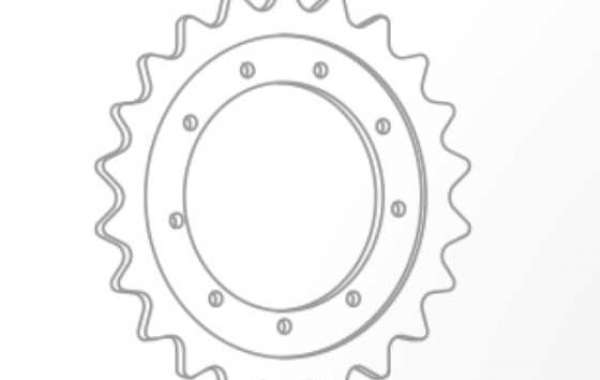Rubber tracks are crucial components of various heavy equipment, including excavators, compact track loaders, and mini bulldozers. These rubberized systems offer advantages over traditional steel tracks, providing enhanced versatility, reduced ground damage, and improved maneuverability. To maximize the lifespan and performance of your heavy equipment, it's essential to understand the characteristics of rubber track and adopt proper maintenance practices.
Key Features of Rubber Tracks:
Versatility:
Rubber tracks are ideal for use on various terrains, from soft soils to hard surfaces. Their flexibility allows heavy equipment to navigate uneven landscapes with ease.
Reduced Ground Pressure:
Unlike steel tracks, rubber tracks distribute the machine's weight more evenly, resulting in lower ground pressure. This is especially beneficial for operations on sensitive surfaces or landscaping projects.
Enhanced Maneuverability:
Rubber tracks provide better traction and maneuverability, allowing heavy equipment to make tight turns and work efficiently in confined spaces.
Noise Reduction:
Rubber tracks produce less noise compared to steel tracks, contributing to a quieter and more comfortable work environment.
Maintenance Tips for Rubber Tracks:
Regular Cleaning:
Keep the rubber tracks free from dirt, rocks, and debris. Regularly clean the tracks to prevent abrasion and maintain optimal traction.
Proper Tensioning:
Ensure that the tracks are properly tensioned according to the manufacturer's recommendations. Incorrect tension can lead to premature wear and reduce overall performance.
Avoid Sharp Turns:
Minimize sharp turns, especially on abrasive surfaces, to prevent excessive wear on the edges of the tracks.
Inspect for Damage:
Regularly inspect the rubber tracks for signs of damage, such as cuts, tears, or bulges. Address any issues promptly to prevent further deterioration.
Appropriate Use:
Use heavy equipment equipped with rubber tracks for tasks they are designed for. Avoid overloading or using the equipment in conditions beyond its specifications.
Track Replacement:
When the rubber tracks show significant signs of wear or damage, it's crucial to replace them promptly. Delaying replacement can lead to more extensive damage to the undercarriage.
Sourcing Quality Replacement Parts:
When the time comes to replace rubber tracks or other components, it's advisable to source parts from reputable suppliers or directly from the equipment manufacturer. Genuine replacement parts ensure compatibility and maintain the integrity of the machine.
In conclusion, understanding the features and maintenance requirements of rubber tracks is essential for optimizing the performance and longevity of heavy equipment. By adopting proper care practices and promptly addressing issues, operators can ensure that their rubber tracks contribute to efficient and reliable operations on various job sites.
To more deeply study us, visit our site:-










